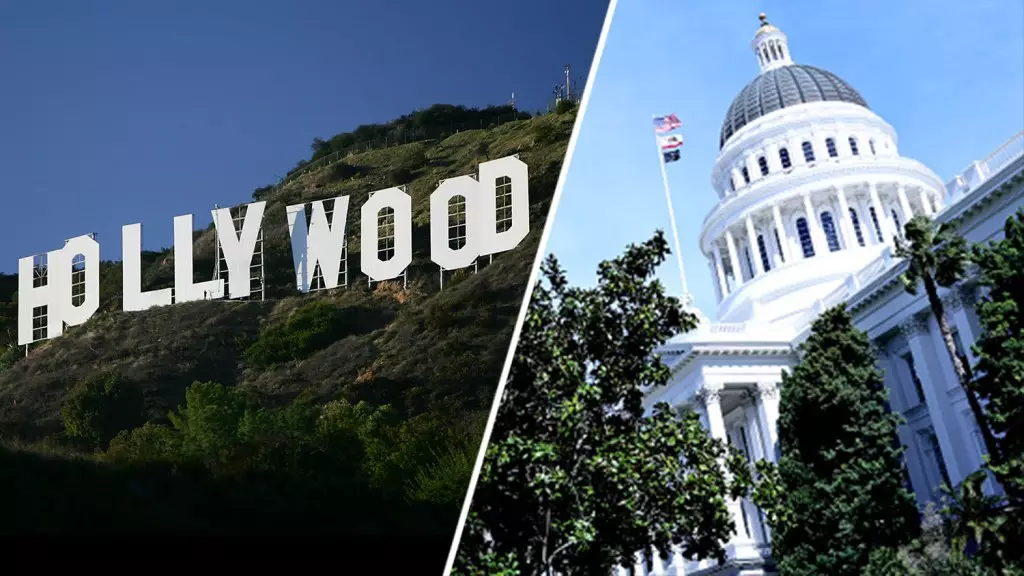In a historic move underscored by a remarkable 34-1 vote, the California Senate has passed Senate Bill 630 aimed at revitalizing the state’s Film and Television Tax Credit Program. The overwhelming support reflects a budding urgency among lawmakers to address California’s diminishing role as the cornerstone of film production. One dissenting vote from Senator Roger Niello should not overshadow the collective recognition of a critical issue that transcends party lines—California is losing its competitive edge, and swift action is essential. The impending vote in the Assembly, set for Thursday, will further illuminate where the state stands in the battle for production dominance.
What the Legislation Entails
The proposed legislation, alongside Assembly Bill 1138, seeks to adjust the parameters of what qualifies as a “motion picture” for tax incentives. Notably, it allows series with shorter runtimes, such as those with episodes of 20 minutes or more, animation, and even competition reality shows, to apply for these credits. This expansion not only modernizes but also diversifies the landscape of productions that California can attract. However, there remains a glaring absence of financial backing in this proposal; previous drafts included plans to enlarge the program’s cap from $330 million to a stunning $750 million annually—an initiative that has been starkly omitted from the current bills. The persistent calls for better funding highlights a disheartening trend in California politics—when urgency meets bureaucracy, it often results in missed opportunities.
Governor Newsom’s Push and Legislative Reality
Governor Gavin Newsom has made it clear that increased funding remains paramount in his vision for the Film Tax Credit Program. The looming budget vote set for June 15 will serve as a litmus test for the governor’s commitment to restoring California’s cinematic glory. However, the absence of financial provisions within the Senate Bill raises legitimate concerns about whether the current legislative impetus is merely a smokescreen. Lawmakers often exhibit differing priorities that minimize collective action, making it challenging to achieve consensus on substantial funding increases. Consequently, the fate of California’s film industry can hinge on competing political agendas—a disheartening reality in a state that prides itself on innovation and creativity.
Competing States and Runaway Production
As California flounders in its efforts to secure sound financial backing, other states have seized the initiative to offer more attractive film and television incentives. New York’s recent budget, which incorporates expanded incentives, has attracted attention from production companies seeking a more hospitable environment. In a competitive landscape where many states actively lure productions away from California, the urgency to act becomes painfully apparent. The term “runaway production” has gained traction and serves as a stark reminder that without reform, California risks relinquishing its title as the epicenter of the film industry. While the state strives to create a more accommodating framework, constituencies should reflect on what it means to preserve California’s legacy in the arts.
Increasing Individual Project Incentives
Beyond redefinition, the proposed bills suggest a significant elevation in individual project credits from 20% to a healthy 35% for those expenditures in Los Angeles. Such an increase could tip the scales favorably towards California, especially in that significant production hub. Furthermore, the California Film Commission would gain the latitude to grant an additional 5% increase in areas deemed economically beneficial, which may attract various forms of media production. However, this framework is not devoid of loopholes, and the absence of substantial funding puts these reforms at risk, rendering potential options meaningless if they lack adequate resources.
The Tariff Controversy and Its Impact
President Donald Trump’s controversial announcement of tariffs on films produced outside the U.S. has sent shockwaves through Hollywood. The film industry has reacted with a chorus of disapproval, and Governor Newsom has publicly criticized the federal administration’s lack of authority over such tariff impositions. While this situation could spur a temporary sense of domestic production nationalism, the fundamental issues within California’s incentives program remain unaddressed.
As the industry shifts amidst a complex web of political and economic factors, our entertainment capital must confront its vulnerabilities proactively, ensuring that it remains a place where creativity flourishes unfettered. A systemic overhaul is not merely a necessity—it is an imperative for the preservation of California’s artistic identity.

